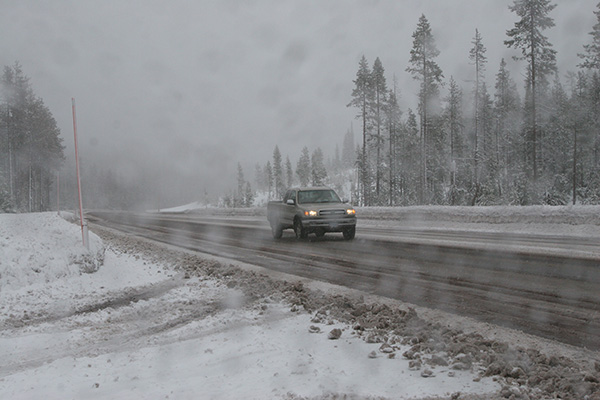 |
| These are good container choices! |
No collection of tools can help if you don't know how to use them! Here are some suggestions for making survival kits that might give you a fighting chance to survive during a wilderness and/or urban emergency! And here's a thought from C.S. Lewis about survival gear: "The things that make survival worth having are not to be rated below the things that enable us to survive."
Friday, May 27, 2011
Effective ways to Carry Water Outdoors
Tuesday, May 24, 2011
Include Intangibles in Your Survival Kit
 |
| Intangibles can help you survive! |
To quote me in a previous story:
” Include a small laminated photograph of family and/or note in gear: I opened my duffel bag at elk camp in the middle of nowhere, Idaho, several years ago to find little notes from my 10-year old daughter stuck in pockets, rolled-up socks, and in my book. I put all those notes in my survival gear before heading out into the backcountry.
To read the rest of the story, click here.
Monday, May 23, 2011
Tornado Coming? Plan, Prepare and Survive!
Obviously, tornado season is here!
If you live in area where these storms occur, a realistic preparedness question should be: What do I do to get ready for a tornado?
Here’s a place to start, preferably on a bright, sunny day with no storm clouds, when you have time to think logically: Realize that you could be in danger! If you live in tornado areas, it isn’t a matter of if the big winds will hit, but when!
Click here for some preparedness suggestions, and what items you need in your tornado survival kit!
Monday, March 28, 2011
Peter Kummerfeldt: Emergency Blankets and Vests That Work!
 |
| The Blizzard vests work well! |
I was proven wrong! Not only did they remain largely intact but they also offered considerable protection!
To read Peter's review, click here.
Sunday, March 27, 2011
Peter Kummerfeldt: Sheltering in Your Vehicle
 |
| Winter driving is dangerous - make sure you are prepared for and unexpected stop. |
A night out does not have to be a life-threatening experience. Drivers who accept the possibility that the unforeseen
may happen are drivers who prepare for the experience. On the other hand, drivers who deny the possibility may find themselves fighting for their lives!
Here are some things you can do:
Survival Gear For Rock-and-Roll Emergencies!
 |
| That's my boy! |
That happened last night when I went to an Indie Rock show at the Old Stone Church in Bend, OR, that featured Portland bands "The Autonomics" and "The Dirty Words."
When my wife and I got there, the Autonomics lead guitar player (who is also my son, Dan) had an amp die, just before the show was about to start.
(Turns out, as is typical of most rock shows, the program's starting time was actually a statement of purpose!)
But it only took my dinky little light on my keychain survival kit to quickly help find and fix the loose wire.
I also had in my pocket a BIC lighter wrapped with about two feet of duct tape. My Leatherman Wave was in the car, along with more duct tape, as was 100 feet of paracord, should the repair job have escalated in scope!
Be prepared if you want to rock out!
 |
| The Autonomics: Dan Pantenburg and brothers Vaughn and Evan Likem. |
 |
| Keychain survival gear |
Sunday, March 13, 2011
Weather Emergencies Make Vehicle a Survival Boat
Whether it's evacuations in California ordered as a result of tsunami waves caused by the Japanese earthquake, flooding in Ohio, Tennessee and Pennsylvania this week, or the unexpected break-down in the desert or mountains, many people wind up on their own or even stranded in their vehicle, which becomes a kind of lifeboat.
But what is in that lifeboat to help an individual or a family cope with adverse conditions? Too few drivers keep basic tools and other necessities and helpers to endure a night or more alone in a car, or the basics to get a damaged car back on the road.
There are a few small things you can carry to make life on the road easier. Click here to learn more!
But what is in that lifeboat to help an individual or a family cope with adverse conditions? Too few drivers keep basic tools and other necessities and helpers to endure a night or more alone in a car, or the basics to get a damaged car back on the road.
There are a few small things you can carry to make life on the road easier. Click here to learn more!
Friday, March 11, 2011
Earthquake in Japan: What tools and mindset do you need to survive?
The most powerful earthquake to hit Japan since records began has struck the country's north-east and triggered a devastating tsunami that will affect oceanside communities in California and Oregon.

Japanese TV showed cars, ships and buildings swept away by a vast wall of water after the 8.9-magnitude quake.
As I watched the news this morning, some footage was shown of people in an office building during the quake. Most of them were standing around in disbelief, doing nothing. One worker remained at his desk, apparently attempting to continue working!
What should these people have done? Well, not being there, I can't really judge. But I believe I would have made an attempt to get out of that office.
What should you do in a similar situation? Click here for some suggestions!

Japanese TV showed cars, ships and buildings swept away by a vast wall of water after the 8.9-magnitude quake.
As I watched the news this morning, some footage was shown of people in an office building during the quake. Most of them were standing around in disbelief, doing nothing. One worker remained at his desk, apparently attempting to continue working!
What should these people have done? Well, not being there, I can't really judge. But I believe I would have made an attempt to get out of that office.
What should you do in a similar situation? Click here for some suggestions!
Wednesday, March 2, 2011
Dryer Lint as a Survival Kit Firestarter? No Way!
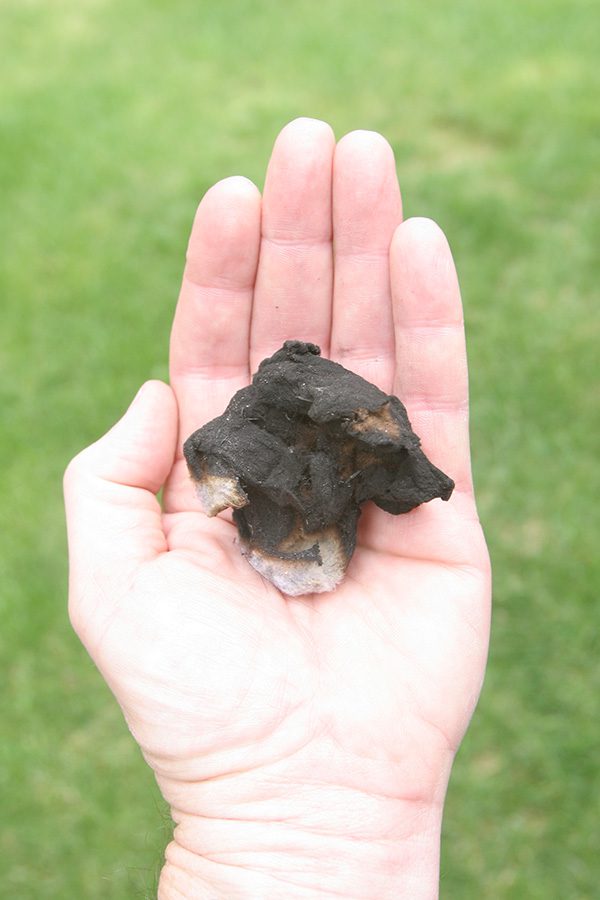 | |
| The dryer lint just went out after it started burning. Don't rely on it! |
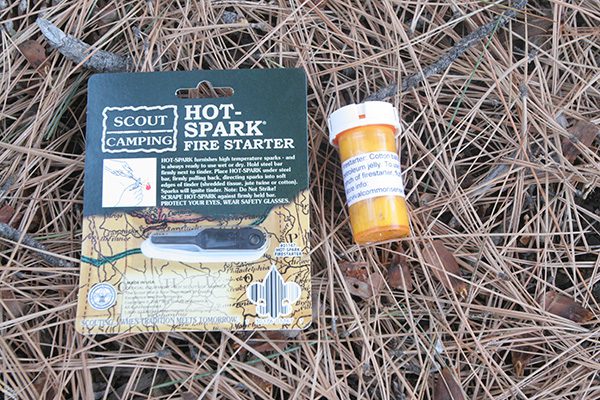 |
| Cotton balls/petroleum jelly work well! |
You stake your life on your firemaking kit components. So, let’s apply the common sense filter to this dryer lint firestarter idea. Read the story of my research here.
Friday, February 25, 2011
Earthquake Survival: Tools and Skills You Need Now!
 |
| Earthquake damage from New Zealand. |
Leon's featured guest is James Roddey, Earth Sciences Information Officer with the Oregon Department of Geology and Mineral Industries. James is an authority on earthquakes and will be talking about mega quake potential in the western coastal areas, and the impact that could have on your community.
To listen to the show, click here.
Monday, February 21, 2011
Make a Plan and an Earthquake Survival Kit!
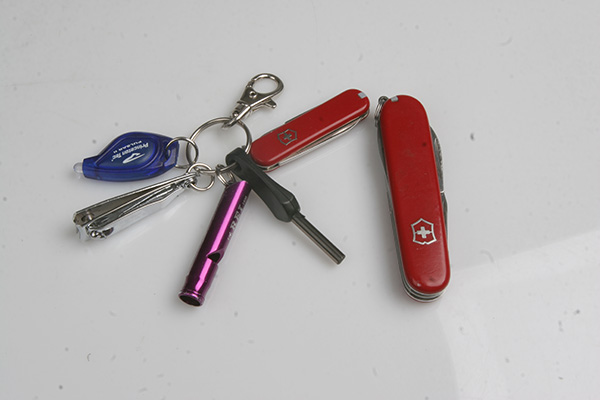 |
| These are some of the tools to help you escape a building during an earthquake! |
BUT!
An earthquake, tsunami or other natural disaster is unlikely to happen? And, of course, not to you? You don’t need to read further!
….Still here?
Then here’s a couple of facts: About 91 percent of us live in an area where a major natural disaster could occur. In ANY emergency, 80 percent of the people involved will be in denial of the situation and have to be told what to do, according to John Leach, author of Survival Psychology.
Of that crowd in the emergency, 10 percent will do the wrong thing, and the other 10 percent will act rationally, based on the training they have acquired.
If you want to be a survivor, of any emergency situation, you have to start with knowledge and training.
Keep reading to learn what to carry, and how to get out of a high-rise office building during an earthquake!
Monday, February 14, 2011
Assemble a Red Cross Approved Emergency Evacuation Kit
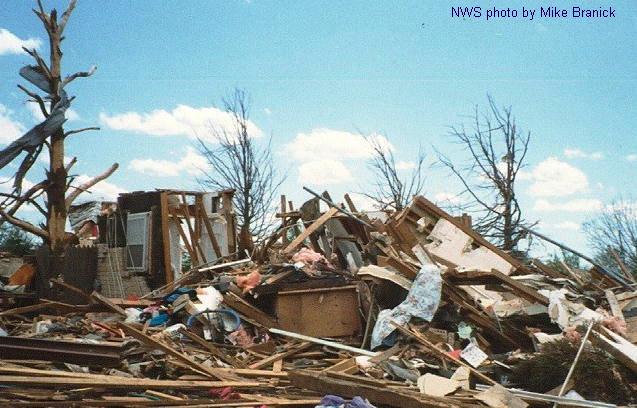 |
| Most of us live in an area where a natural disaster is possible and probable! |
But the facts are grim: 91 percent of us live in an area that could be affected by a major natural disaster such as a flood, hurricane, tornado, earthquake, tsunami, forest fire or mudslide, and you could have to leave very quickly.
So if you have to evacuate suddenly – what is important to take along?
Don’t wait until the last minute – get ready now, to minimize the chaos of an emergency evacuation. Here are some suggestions on what to pack from the Red Cross and the Department of Homeland Security.
Saturday, February 12, 2011
Runner's Survival Kit Can Be A Lifesaver
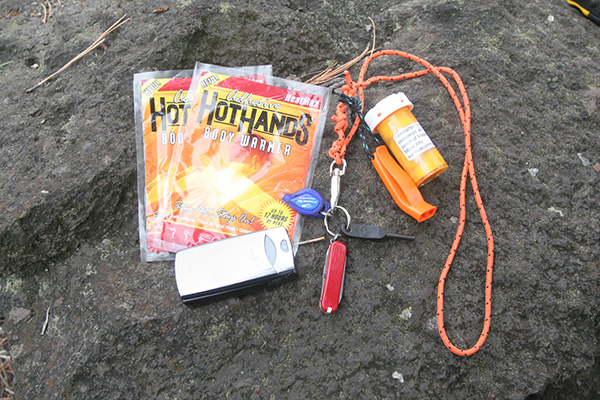 |
| Make a runner's survival kit. |
Maybe you’ve gotten into the habit of taking a run in the same urban area every evening. Then, one evening, the endorphins kick in, and you decide to double the usual mileage. As darkness approaches, you realize you have to get back to the car before it gets really dark. You slip, twist your ankle and can’t move.
Or you might decide to go for a walk and just take off without thinking to tell someone where you went. You’re strolling along, relaxing and enjoying the iPod, and letting the stress from the office dissipate. Then, as it starts to get dark, you realize you’ve taken a wrong turn and are lost. And pretty soon, it will be pitch dark, and you can’t see the path.
Even if you are running and need to go light, you can still carry a survival kit. Here are some of the survival items you need to carry with you.
Friday, February 11, 2011
Carry Survival Gear In Your Pockets For Added Safety
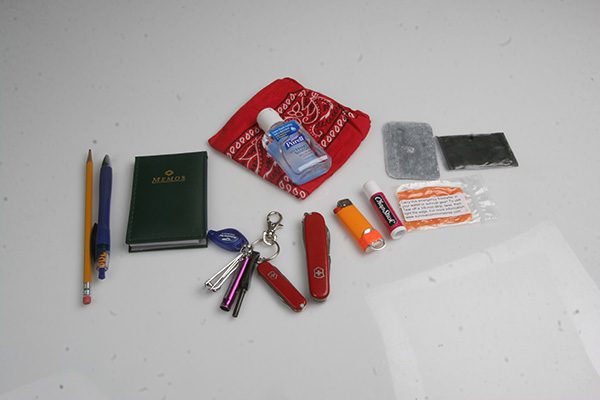 |
| These survival items can be carried at all times. |
But a little planning can help a lot if you make some basic survival tools part of your wardrobe. This is what I carry on a daily basis, and you can easily assemble your own kit, using my recommendations as a place to start.
Just remember: What works for me may not work for you and vice versa. Practice with your survival tools, become familiar how they work and then, if you ever need to use them, it won't a big deal!
Use a Trash Bag as Part of Your Survival kit
I first noticed trash bag shelter use at an Iowa State University football game in the early 70s. The weather got really bad during the half, with snow, rain and wind.
But one row of die-hard Cyclones pulled out a roll of plastic trash bags, cut holes for their heads and arms, and weathered the storm. I don’t recall how the football team did!
Since then, I’ve taken shelter in trash bags on a variety of outdoor activities. Trash bags are particularly valuable on hunting trips, because a large bag gives you a place to lay meat while you’re butchering.
Obviously, if you anticipate bad weather, be prepared for it, stay home or take along a lightweight, four-season backpacking tent.
But you can adapt a trash bag into a very effective emergency shelter. Here is how to choose the right one for your survival kit and how to use it.
But one row of die-hard Cyclones pulled out a roll of plastic trash bags, cut holes for their heads and arms, and weathered the storm. I don’t recall how the football team did!
Since then, I’ve taken shelter in trash bags on a variety of outdoor activities. Trash bags are particularly valuable on hunting trips, because a large bag gives you a place to lay meat while you’re butchering.
Obviously, if you anticipate bad weather, be prepared for it, stay home or take along a lightweight, four-season backpacking tent.
But you can adapt a trash bag into a very effective emergency shelter. Here is how to choose the right one for your survival kit and how to use it.
Make a Dutch Oven Part of Your Preparedness Survival Kit
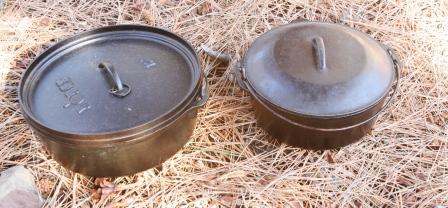 |
| These cast iron implements can be priceless! |
My nomination for this wonder implement has been around for hundreds of years. It’s easy to find, cheap and effective. Get a cast iron or aluminum Dutch oven. This cooking tool has a proven track record, and it can use virtually any heat source.
But you also need a bare bones list of implements to go with that Dutch oven. The most common questions asked by beginner Dutch oven users are: "What things do I need to actually use the oven?"
And then: "What items should I pack with the Dutch oven if I want to make it part of my car evacuation kit?" Here is what you need!
Make a Winter Survival Kit For Your Car
Travel can be very dangerous this time of year. Black ice, slippery pavement, high winds and blowing snow, or reduced visibility due to fog, rain and snow storms can all happen within a few miles. It doesn’t matter if you live in the Oregon high desert or the frigid Midwest. If your car slips off the road in an isolated area, during a blizzard, a routine drive to visit the family can turn into a nightmare!
Winter survival can start by assembling a selection of easily-obtained items. Here are some suggestions!
Winter survival can start by assembling a selection of easily-obtained items. Here are some suggestions!
Make an Altoids Tin Survival Kit
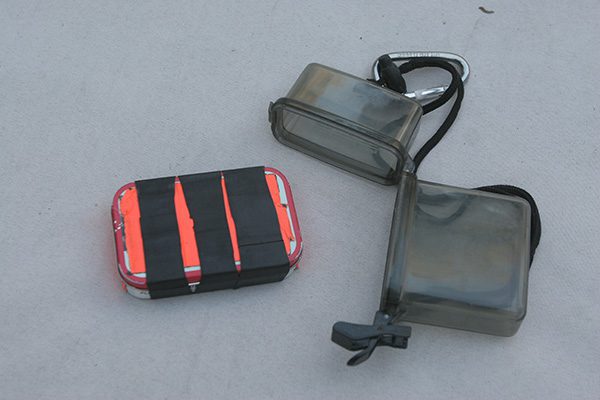 |
| Learn how to make a pocket survival kit. |
In January, 2007, I asked the late Dr. Jim Grenfell of Bend to help develop a survival kit that would fit into a standard Altoids mint tin. This pocket kit would be limited in size to an Altoids tin, and weigh about five ounces. (That’s about what an iPod weighs, or my wallet, depending on which side of payday we’re on!)
An incessant tinker, Grenfell, was also an Air Force combat veteran and graduate of three Air Force wilderness survival schools. I made an Altoid kit, too, and for the next several months, we added and subtracted gear, and tested, researched and refined the final kits.
The result is here.
Subscribe to:
Posts (Atom)


